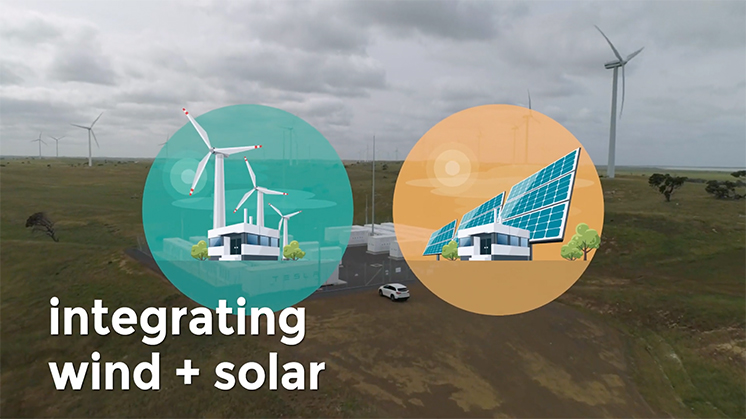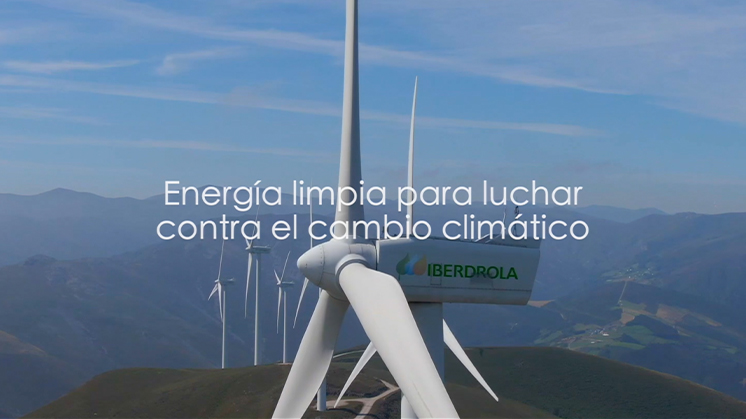Port Augusta hybrid plant
Iberdrola, present in Australia with the world's first wind-solar hybrid plant
Onshore wind Photovoltaic energy Operating plants Iberdrola International
The Port Augusta Renewable Energy Park (PAREP) is Iberdrola's first renewable energy complex in Australia. It is a hybrid wind-solar plant with a total installed capacity of 317 MW and is located about eight kilometres southeast of Port Augusta, in the state of South Australia, in the coastal region bordering the southern Flinders Ranges.
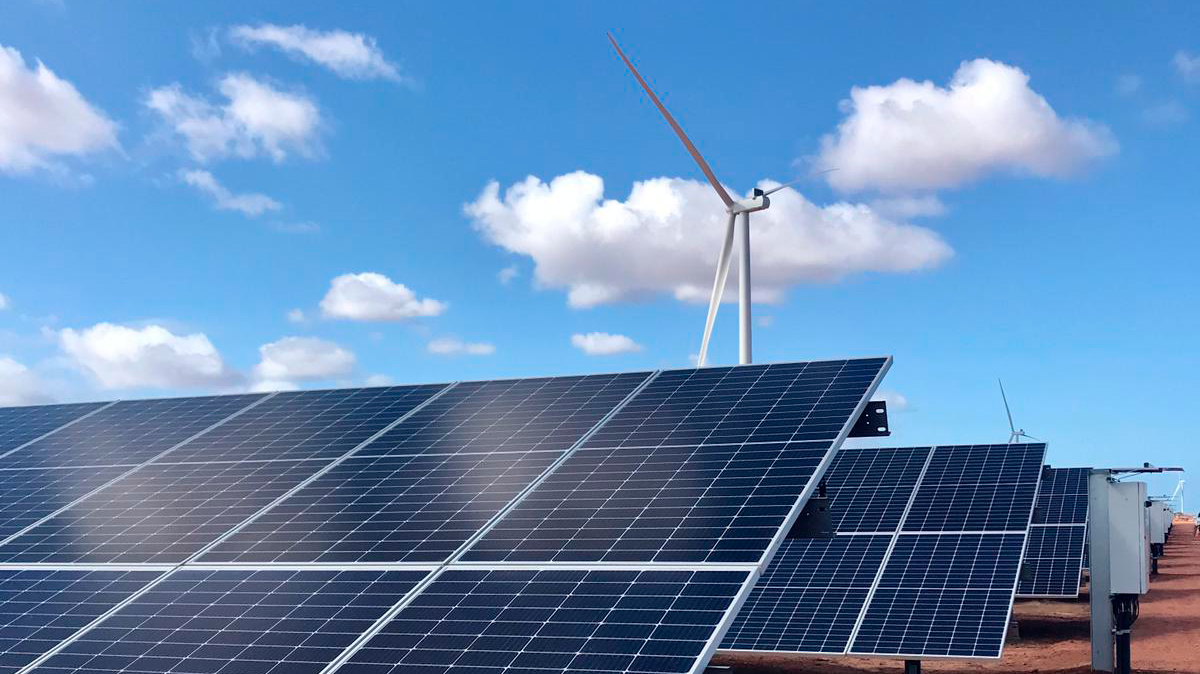
Port Augusta hybrid plant




The hybrid wind-solar plant of Port Augusta - which was given the green light in 2019 - was completed in 2022 and combines wind and solar photovoltaic power generation, reaching a total installed capacity of 317 MW. The project consists of the installation of 50 wind turbines with unit capacity of 4.2 MW in a wind farm of 210 MW and a solar photovoltaic plant with 250,000 solar panels with an installed capacity of 107 MW. This installation makes it possible to take advantage of the high solar radiation generated in Port Augusta and the usual strong wind resource during the day (winds in this area are strongest in the afternoon hours).
The Iberdrola Group began commissioning Port Augusta, its first hybrid wind-solar project in the world, in October 2022, after the facility was registered on the National Electricity Market by the Australian Energy Market Operator. With an investment of A$500 million, the project created 200 jobs during construction and involved a number of local and global suppliers. Spain's Elecnor, for example, was responsible for building the plant's substation, transmission line, storage areas and access roads.
The power generated is exported to the Davenport substation, approximately four kilometres from this new project, via a 275 KV connection.
The hybrid plant produces enough clean energy to supply the annual demand of 180,000 Australian households, helping to reduce consumer electricity prices and facilitate the decarbonisation of South Australia's economy. In addition, this initiative is an important support for the achievement of the goals of this Australian state, which hopes to achieve a 100% renewable energy system by 2030.
The friendly takeover bid for Australian renewable energy company Infigen Energy is a unique opportunity for Iberdrola to consolidate its presence in the Australian renewable energy market through a friendly transaction.
Learn how hybrid plants work.
Port Augusta project.
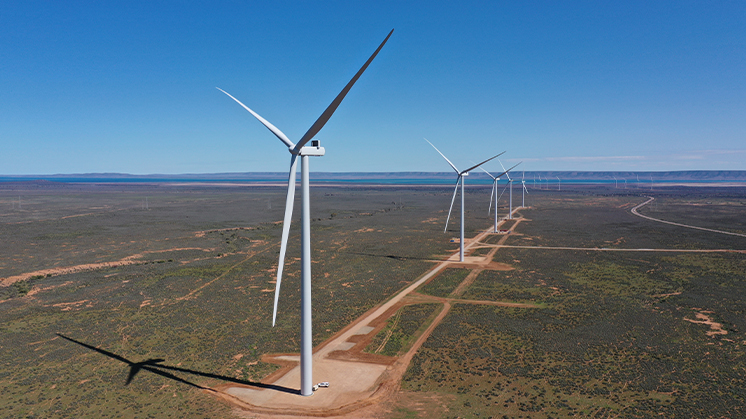
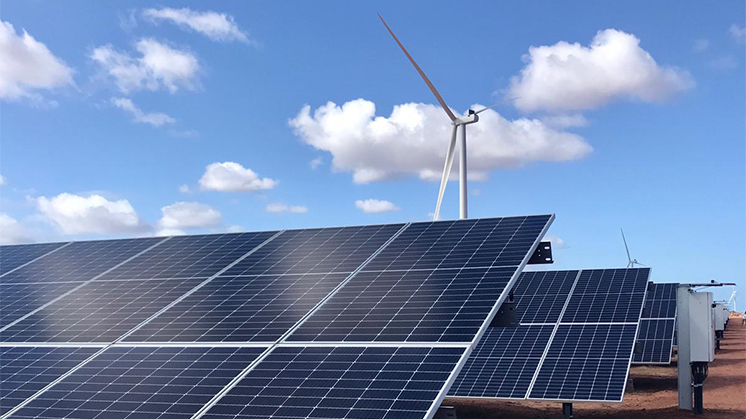
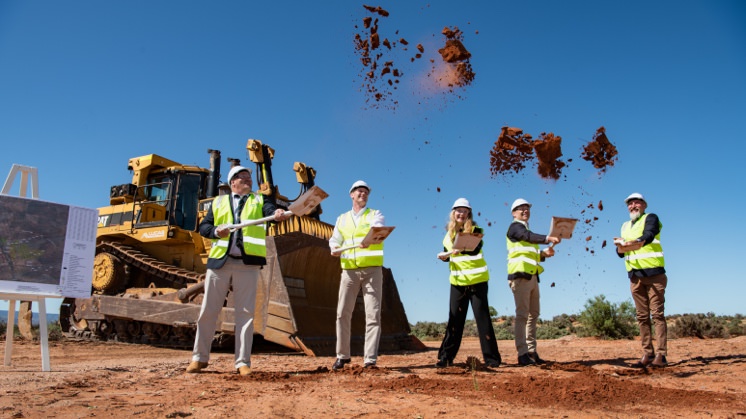
- Wind resource: the wind resource in the area is favoured by the thermal difference between the land and the sea. This generates a constant coastal wind that defines the energy production profile in this area: a regular peak in the early afternoon, in line with the time when electricity demand is highest. In summer, the maximum peak of wind power generation is achieved, as this is when the temperature difference between the land and the sea is greatest, coinciding with the highest electricity demand.
- Solar resource: the solar resource makes it possible to practically flatten the hybrid production curve between ten in the morning and four in the afternoon.
This hybrid production, which combines wind and solar energy, results in a generation profile that peaks in the morning and early afternoon. The effect is strongest in summer, during the hottest and most energy-intensive months.
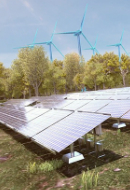
Photovoltaic solar panels
Hybrid electric power: when combining renewables makes them stronger.
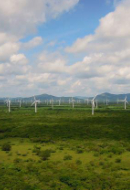
What is onshore wind energy
Find out how onshore wind farms work.
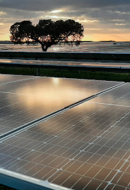
Photovoltaic energy terms
Top 10 terms to know about photovoltaic energy.
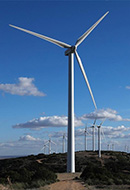
Onshore wind energy concepts
10 relevant terms to understand how this type of energy works.
Iberdrola, world leader in renewable energies
At Iberdrola, we committed to renewable energy more than two decades ago as a fundamental pillar on which to build our safe, clean and competitive business model. Thanks to this vision, we are currently world leaders in renewables, reaching 45,263 MW of clean energy in operation at the end of the first nine months of 2025.
This commitment is reflected in the €21 billion that our Strategic Plan 2025-2028 allocates to Renewables and Customers, with 38% dedicated to offshore wind, 24% to onshore wind, 10% to solar photovoltaic and another 10% to energy storage.





